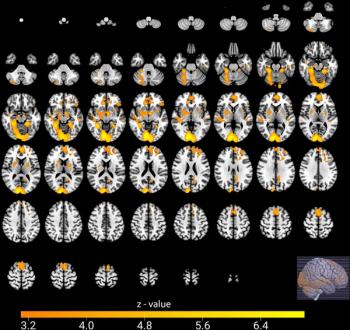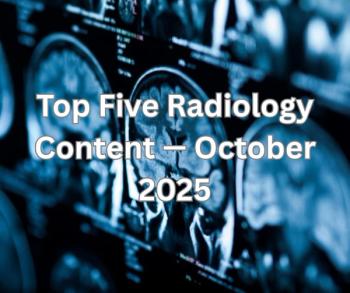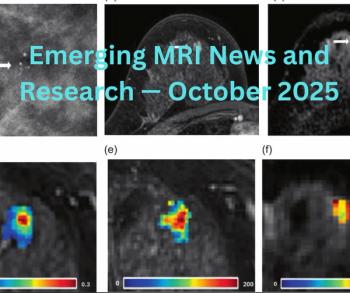
Intraoperative angio proves worth for brain surgery
Results from a decade-long study at the National Brain Aneurysm Center in St. Paul, MN, indicate that angiography to monitor intracranial brain aneurysm clip placement is safe and has altered management in more than one of 10 cases.
Results from a decade-long study at the National Brain Aneurysm Center in St. Paul, MN, indicate that angiography to monitor intracranial brain aneurysm clip placement is safe and has altered management in more than one of 10 cases.
NBAC chair Dr. Eric Nussbaum and his colleagues reviewed 1025 cases performed at this institution between 1997 and 2006. They found that angio led to clip repositioning or additional clip placement in 96 (9.3%) patients and helped detect hidden vascular disease in 30 (2.9%) additional cases. Nussbaum discussed the findings at the 2008 American Association of Neurological Surgeons meeting in Chicago.
"Intraoperative angiography did not add a significant amount of time and did not have any significant complications," he said.
Newsletter
Stay at the forefront of radiology with the Diagnostic Imaging newsletter, delivering the latest news, clinical insights, and imaging advancements for today’s radiologists.



























